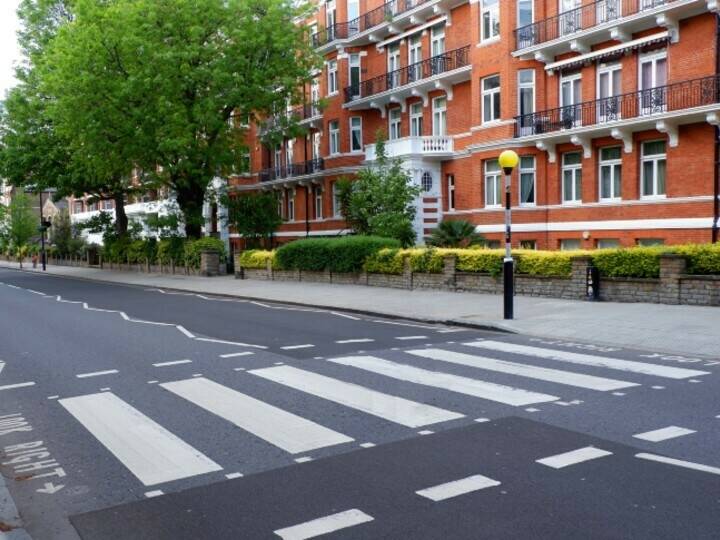This case study explores the benefits of data matching work, carried out by Leeds City Council, between the local address data and council tax and business rates records. Through this work, the team have discovered £92,826 additional annual revenue.
Background
Leeds City Council has a corporate address gazetteer which underpins the majority of their services either through automatic links or through manual links. The five strong gazetteer team sit within the planning department.
The problems
In 2007, Leeds began the task of creating a corporate address gazetteer. Part of this work involved matching data with the councils other address data, including Council Tax and Business Rates information.
The member of staff leading the project previously had worked within the local taxation department of another council and so brought knowledge of how the billing frameworks work which proved very valuable over time.
The solution
The main business focus was on developing a corporate gazetteer, however as a secondary benefit, the team kept a record of every new property found which should be subject to council tax or business rate charges. Not every new property was subject to this charge. Certain exceptions and rules exist, such as different billing charges for houses in multiple occupation compared with self-contained flats.
If a new property was found through the data matching work, and other departments verified that it was indeed subject to billing, the team kept a record of the property. Matching to council tax and business rates proved fruitful as did the data matching work for the electoral register work, directed by the Ministry of Justice for the Co-ordinated Online Record of Electors project.
Outcomes and impact
It is important to keep in mind that identifying new properties for billing purposes was not the main focus of this work. However, for every new property found, the team kept a record showing the band or rateable value; date banded from and the latest full year charge for that property.
Since the matching process began, the team have located 58 assessments in total (44 council tax properties and 14 business rate eligible properties) which equates to a total annual revenue of £92,826.27. This includes seven assessments that were back dated for five years or more (therefore generating additional income not included in the annual revenue figure). The highest single assessment was for a missing office building which pays an annual figure of £11,076.00. This doesn’t include total revenue generated for every subsequent year and so purely captures one years’ revenue.
Next steps
The matching work is still ongoing but there are potential plans to further continue this work to carry out a GIS based exercise to examine properties which do not have cross references or do not have a BLPU point linked to them. This could potentially further identify properties subject to billing.
Initiatives such as the work discussed in this case study demonstrate there can be added benefits from carrying out tasks such as data matching.
Key lessons from the project
An understanding of key aspects of council tax and business rates such as the difference between a house in multiple occupation and a self-contained flat; to rules for billing of special schools etc help with the approach to this work. It is important to meet with council tax and business rates team to help develop understanding within the gazetteer team.



